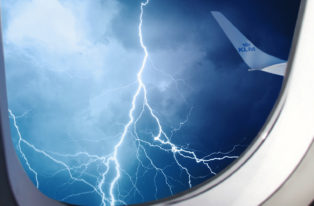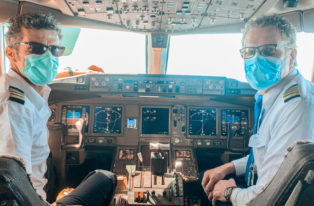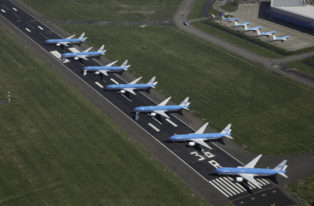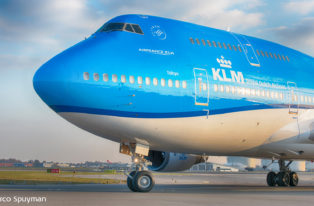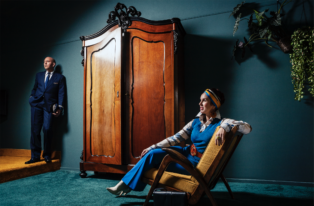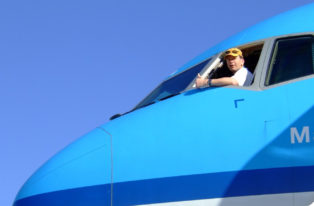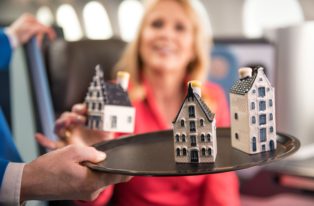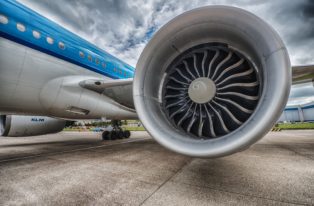KLM Animal Transport – Back in the Day
The first large animal that KLM transported was a stud bull. That was in 1924. One year earlier, KLM had transported some baby chicks and bees. That last shipment in particular intrigues me. How would they have done that? I’m sorry to say I can’t find any further information about it—only that it happened. However, there are plenty of examples of KLM animal transport complete with a story attached. Here are a few.
Nico V
Back to the stud bull. He was called Nico V (the fifth). He was expensive and young. That last factor was especially important—a fully grown bull would not have fit into the aircraft. After all, a Fokker F.III is just a tiny thing. But why would you jam a young bull into an aeroplane and take it somewhere in France? It turned out to be something of an emergency. There was a foot-and-mouth disease epidemic in Belgium and, seeing how grave the danger of infection was, they didn’t want to take any chances. So it was to be KLM and, as always, the company saw an opportunity. Under the watchful eyes of the cattle-breeding community and the press, the Fokker took off from Waalhaven Airport with a bull on board. Animal stewards did not yet exist. For the occasion, the cattleman’s son went along to make sure all went well. And, in so doing, KLM became a livestock transporter.
Bears!
KLM has had numerous opportunities to carry animals. In 1948, The Hague celebrated seven centuries of existence. Its sister city, Bern, thought up a lovely present for the occasion—two baby bears. It was a fitting gift in that the Swiss capital’s coat of arms bears, well, a bear. The man who accompanied the animals on their trip from Switzerland was a specialist. That was made clear by the title on his hat: Bärenwärter and Gardien des ours. Most likely, the man came from the city zoo, so the gift was in good hands. The bears made their new home in Wassenaar Zoo, which was located close to The Hague.
Stewards
Animal transport grew particularly strongly just after the Second World War and the variety of species grew as well. That called for a new specialisation. Every animal needs its own specific form of care, and that calls for specific knowledge. At first, there was no special staff trained in seeing to the animals, in some cases on long trips. All that changed in 1950. KLM brought in official animal stewards, as you can see in the photo, on the right. They were hired to accompany the animals, make them comfortable, and care for them during their travel—short or long. The animal steward in the photo provided these two donkeys with professional attention. This was in 1951.
Dolphins
In some cases, it went much farther than a bed of hay and pat on the head. KLM has transported dolphins on a number of occasions. But that’s a horse of a different colour. In this photo from 1965, the seagoing mammals were given their own hammocks. The dolphins were transported from the US to the Netherlands for the Dolfinarium in Harderwijk, a few hours east of Amsterdam. To make sure that their trip went as comfortably and calmly as possible, they were brought onboard last and unloaded first. Speed was a necessity, but so was water. The hammocks had special slots for their fins and the dolphins were wrapped in wet towels which were refreshed often, and their carers kept the rest of their skin wet at all times to prevent dehydration.
And I haven’t even discussed the pandas, tigers, elephants, Olympic horses—even a young giraffe—and the countless dogs and cats that KLM has welcomed and cared for in its history.
Sounds familiar?
It’s quite possible you’ve heard or read this before. We’ve posted this blog in May, 2015. So this actually is a repost. But let’s be honest: do you ever get tired of history about aviation? ;-)




